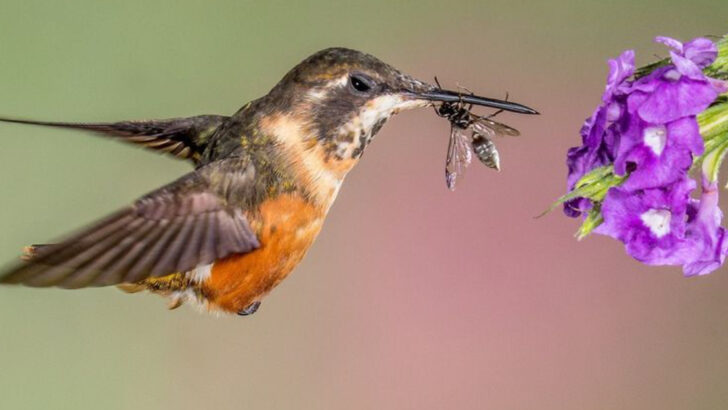Hummingbirds, with their iridescent feathers and rapid wing beats, are nature’s acrobats. Their ability to adapt to new environments and feeding strategies has ensured their survival across diverse landscapes.
As these tiny birds encounter new challenges, their resourcefulness shines through in remarkable ways.
This article delves into twelve unique feeding adaptations that have allowed hummingbirds to thrive in various habitats.
From the deserts of Arizona to the lush rainforests of Central America, hummingbirds have developed innovative techniques to access the nectar and sustenance they need.
Join us as we explore these fascinating adaptations that highlight the resilience and ingenuity of these avian wonders.
Longer Beaks for Deep Flowers
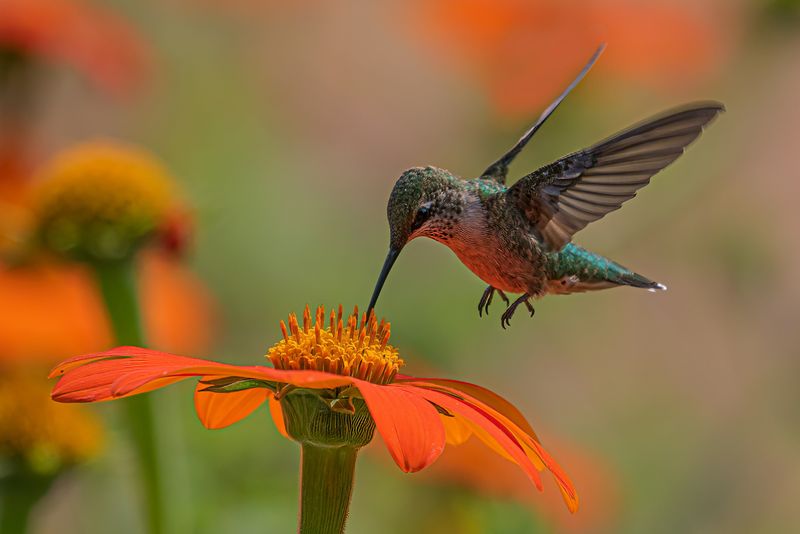
In the lush rainforests, hummingbirds have evolved longer beaks to access nectar from deep, tubular flowers. This adaptation allows them to reach the nectar that other birds cannot, providing them with a unique food source.
These specialized beaks are not just tools but essential survival instruments in competitive habitats. The elongated beak functions like a straw, enabling precise nectar extraction.
This morphological change has been crucial in areas where flora diversity demands specific feeding techniques. With floral resources often dictating survival, longer beaks have opened new ecological niches for hummingbirds.
Hovering Mastery in High Winds
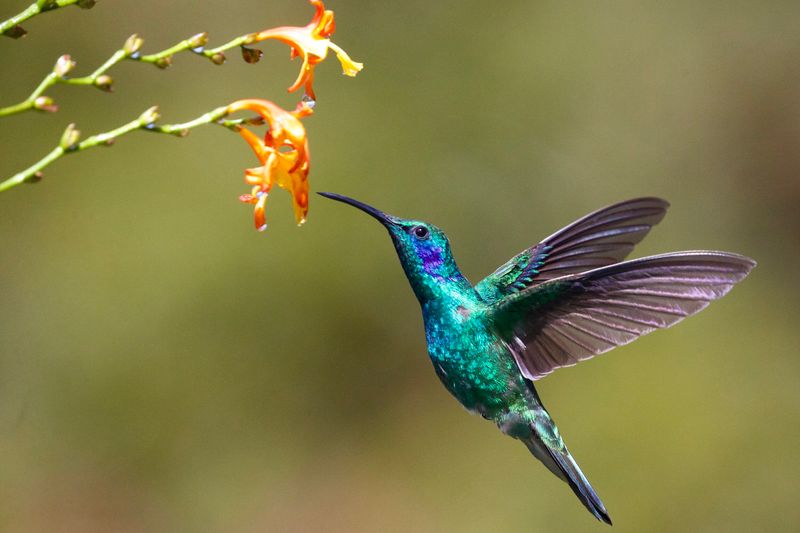
Hummingbirds are masters of hovering, a skill that is especially useful in windy environments. Their ability to remain stable while feeding allows them to access flowers in the most turbulent conditions, such as cliffside gardens or open fields.
This skill is not just about finesse; it’s a physical feat requiring immense energy. The rapid wing motion, akin to helicopter blades, generates lift and counteracts gusts.
In high-altitude regions, this hovering ability ensures survival where weather conditions are unpredictable. The hummingbird’s resilience and versatility are perfectly suited to these challenging landscapes.
Memory for Flower Mapping
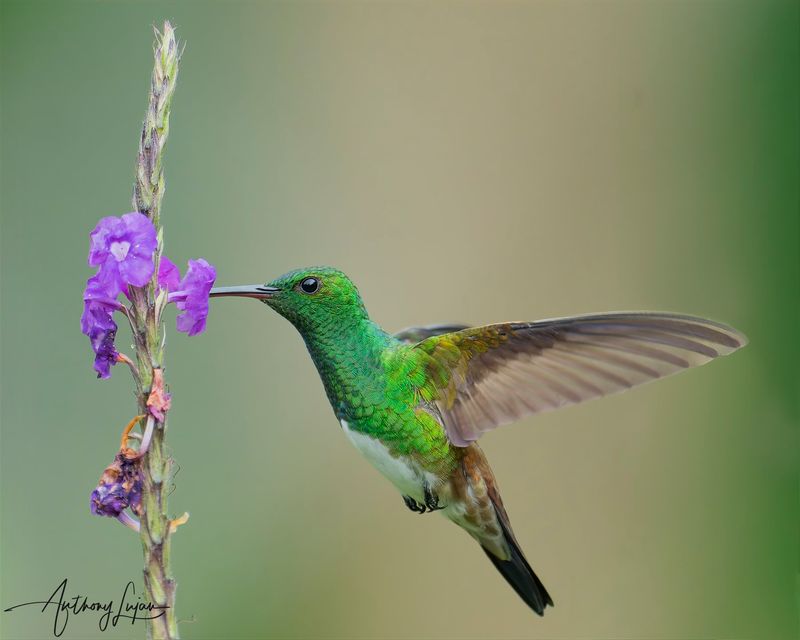
Hummingbirds exhibit impressive memory skills, particularly in mapping out flower locations. In expansive terrains where food sources are scattered, this cognitive adaptation is invaluable.
Their memory allows them to efficiently navigate and revisit productive flowers, optimizing their feeding routines. This trait is especially beneficial in dense forest environments where flowers bloom at different times.
By remembering the timing and location of flowers, hummingbirds conserve energy and ensure a consistent food supply. The mental maps they create are akin to a GPS, guiding them through complex landscapes with precision.
Adaptation to Urban Gardens
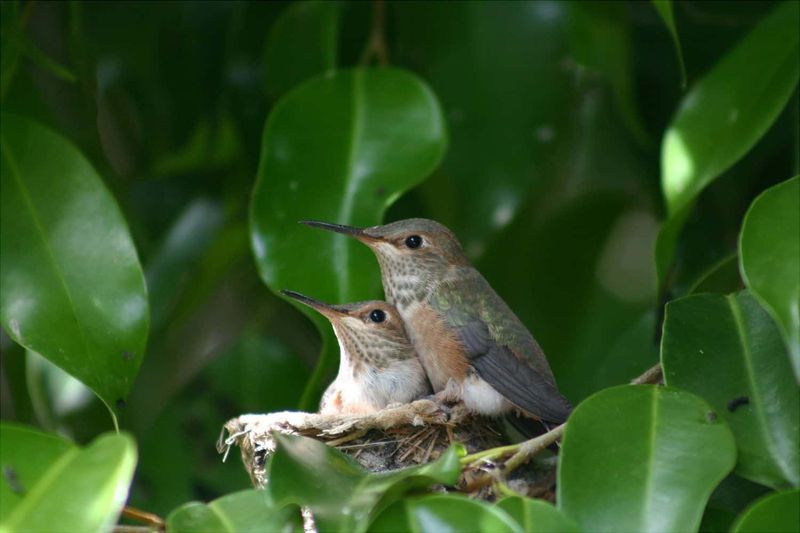
As cities expand, hummingbirds have adapted to urban environments, taking advantage of gardens and parks. These birds have become familiar sights in cityscapes, drawn by feeders and ornamental flowers that mimic their natural food sources. Urban settings have become new habitats where hummingbirds thrive.
The ability to adapt to human-altered landscapes showcases their flexibility and resourcefulness. In urban gardens, hummingbirds find abundant nectar, reducing competition and creating new opportunities for survival.
Their presence in cities highlights an extraordinary ability to navigate and exploit man-made environments.
Co-evolution with Specific Plants
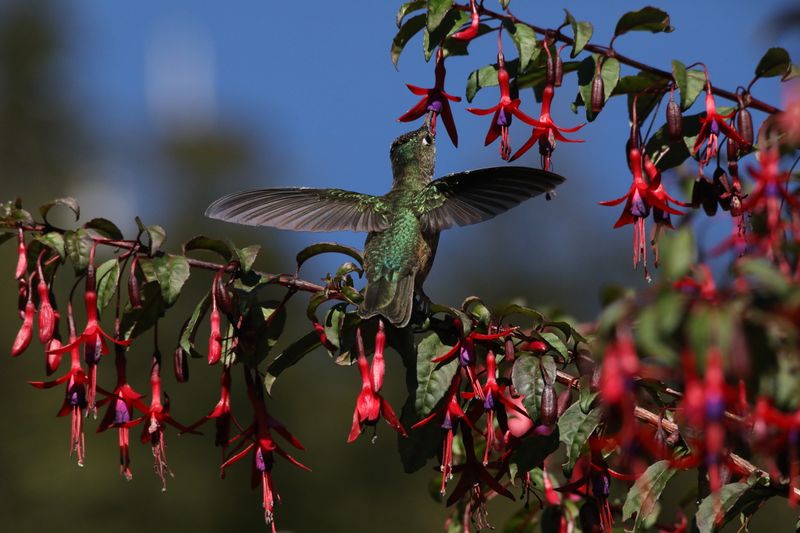
In the intricate dance of co-evolution, hummingbirds have developed symbiotic relationships with specific plant species. This mutual adaptation benefits both, as hummingbirds gain exclusive access to nectar while plants receive precise pollination services.
The evolutionary journey has led to birds and flowers perfectly matched in color and shape, ensuring efficient feeding and pollination. This relationship is a testament to nature’s ability to foster partnerships that enhance survival.
In areas where specific flora dominate, hummingbirds’ co-evolutionary strategies enable them to thrive, transforming them into indispensable ecological participants.
Feeding at Different Times of Day
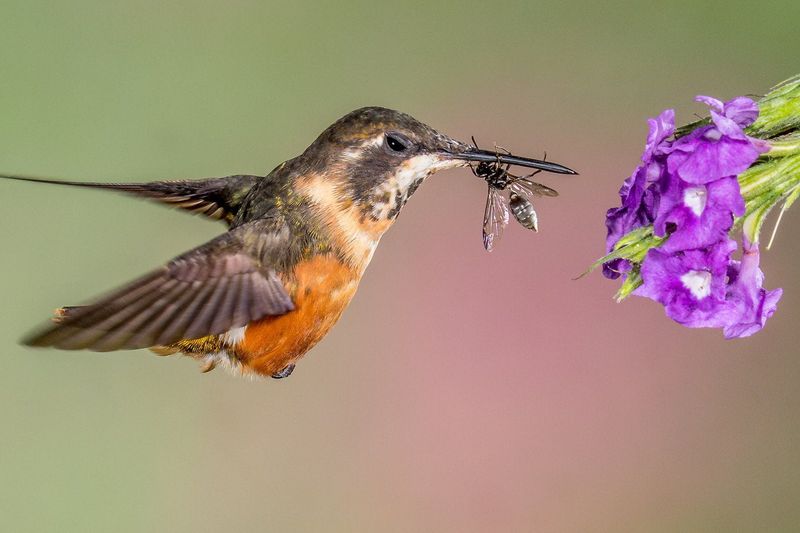
To avoid competition, hummingbirds have adapted to feed at various times of the day. By altering their feeding schedules, they access nectar when other pollinators are less active, ensuring ample resources for themselves.
This behavioral adaptation is particularly effective in regions with high flower density. Early morning or late afternoon feeding allows hummingbirds to make the most of the available nectar.
This time-based strategy minimizes conflict and maximizes resource intake. Their ability to adjust feeding times demonstrates flexibility and strategic planning in securing nourishment.
Energy Conservation Techniques

Hummingbirds have developed remarkable energy conservation techniques to thrive in energy-demanding environments. By entering a state of torpor, a temporary hibernation-like condition, they drastically reduce their metabolic rate during cooler nights.
This adaptation is crucial in regions where food availability fluctuates. During torpor, the hummingbird’s body temperature drops, and its heart rate slows, conserving energy until it’s safe to resume feeding.
Such physiological innovations highlight their adaptability to varied ecological challenges. The ability to conserve energy ensures survival during times when food is scarce or energy expenditure needs to be minimized.
Specialized Tongue Mechanics
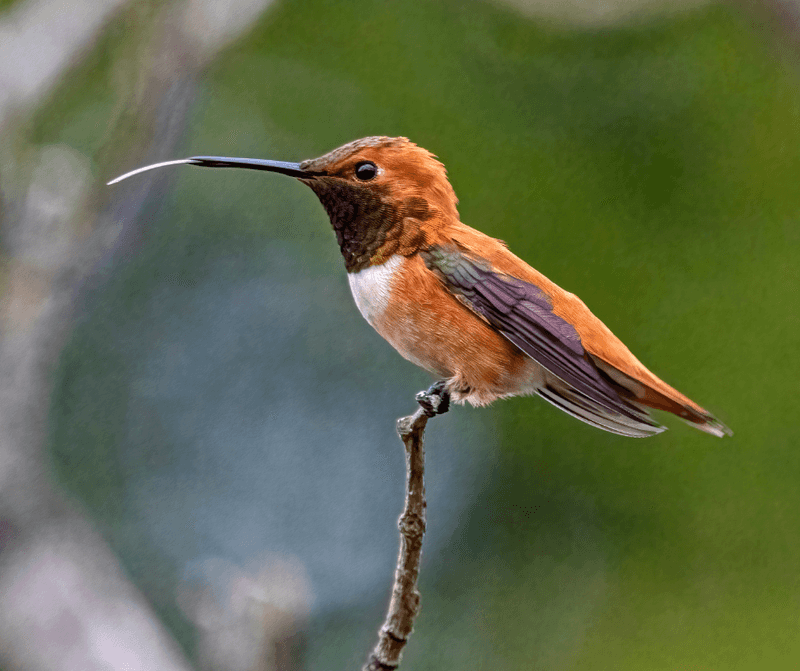
Hummingbirds possess specialized tongues that enhance their feeding efficiency. The tongue’s forked structure and rapid movement allow them to lap up nectar at astonishing speeds, maximizing intake with minimal effort.
This adaptation is particularly effective in areas with abundant but fast-depleting nectar sources. The tongue acts like a sophisticated fluid trap, drawing nectar with each flick.
The speed and precision of this feeding mechanism ensure that hummingbirds can thrive even when nectar availability is transient. Their specialized tongue mechanics underscore the importance of anatomical adaptations in feeding success.
Territorial Defense of Feeding Grounds
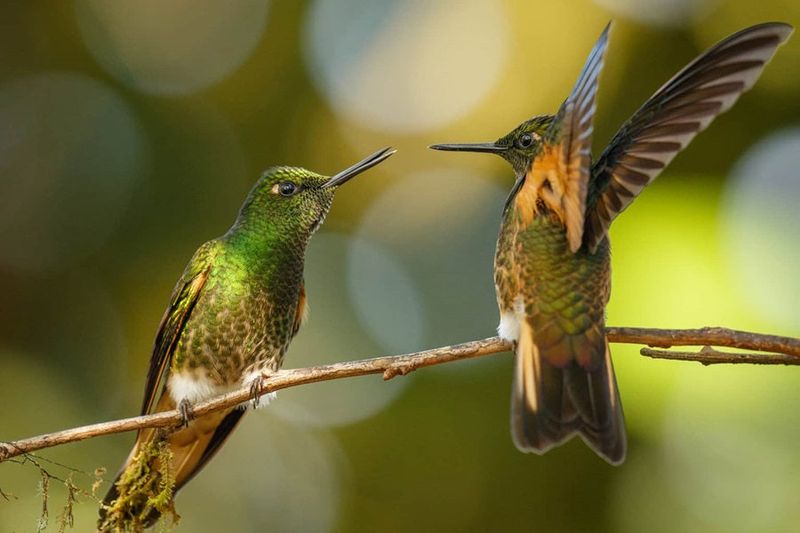
Hummingbirds are fiercely territorial, often defending their feeding grounds from intruders. This behavior is especially important in areas where food sources are limited. By maintaining exclusive access to rich feeding sites, they secure a steady supply of nectar.
Territorial defense involves aggressive displays and aerial maneuvers that deter competitors. This adaptation is vital in environments where competition for food is intense.
The ability to protect feeding territories ensures that hummingbirds can sustain their energy needs, highlighting their tenacity and strategic planning in survival.
Dietary Flexibility with Insects

Beyond nectar, hummingbirds supplement their diet with small insects, providing essential proteins and nutrients. This dietary flexibility is critical in environments where nectar alone cannot fulfill nutritional needs.
Insect hunting requires agility and precision, skills that hummingbirds have honed to perfection. By diversifying their diet, they enhance their resilience to ecological changes.
This ability to alternate between nectar and insects ensures that hummingbirds can maintain their energetic demands, especially during breeding seasons. Their dietary flexibility underscores an adaptive strategy that supports survival across varied landscapes.
Migration to Follow Bloom Cycles
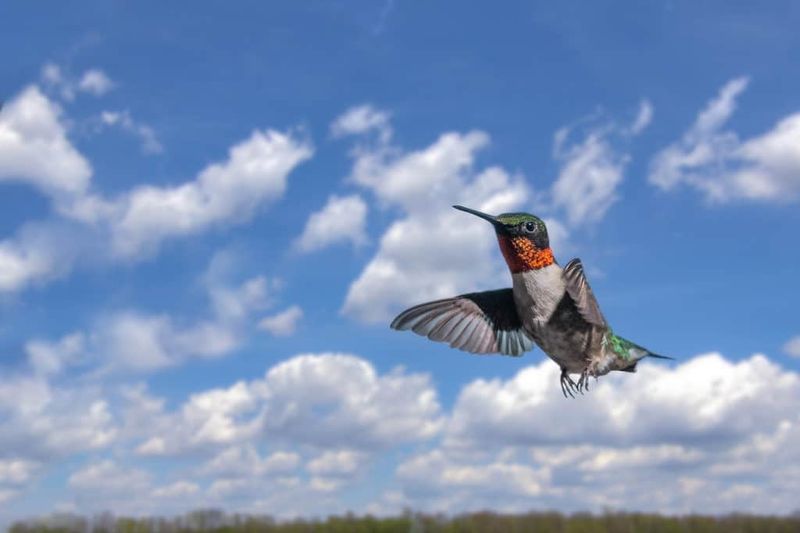
Hummingbirds embark on long migrations to follow the bloom cycles of flowers, ensuring they remain in regions where food is plentiful. This migratory behavior is a testament to their endurance and strategic planning.
Long-distance travel involves navigating vast landscapes, a feat guided by instinct and environmental cues. By coordinating their movements with seasonal changes, hummingbirds optimize resource availability.
This migratory pattern allows them to exploit different ecological zones throughout the year, showcasing their adaptability and foresight in survival strategies.
Use of Artificial Feeders
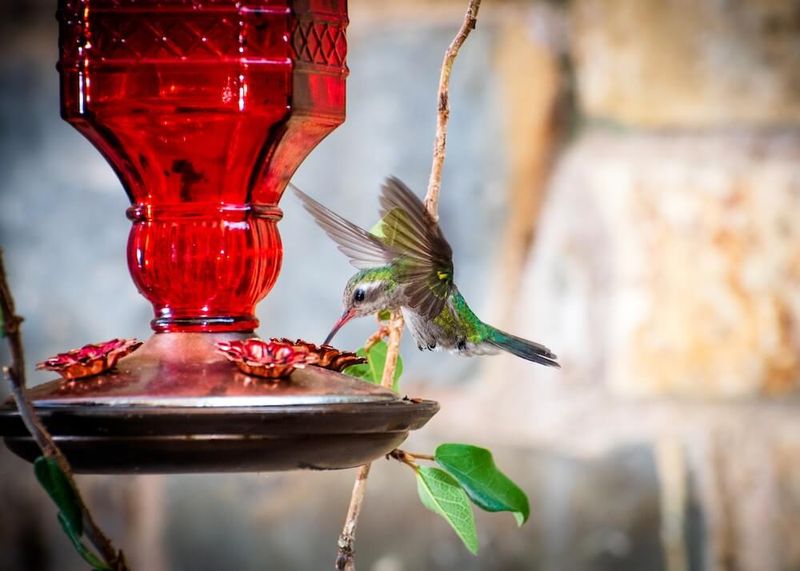
The advent of artificial feeders has provided hummingbirds with new feeding opportunities. These feeders mimic the nectar-rich flowers that hummingbirds naturally seek, creating additional food sources in non-traditional habitats.
Artificial feeders are particularly beneficial in areas where natural flower availability is limited. By utilizing these man-made resources, hummingbirds expand their feeding territories and reduce competition.
This ability to adapt to supplemental feeding highlights their resourcefulness and the role of human intervention in supporting wildlife. The use of feeders demonstrates an innovative adaptation to modern landscape changes.

